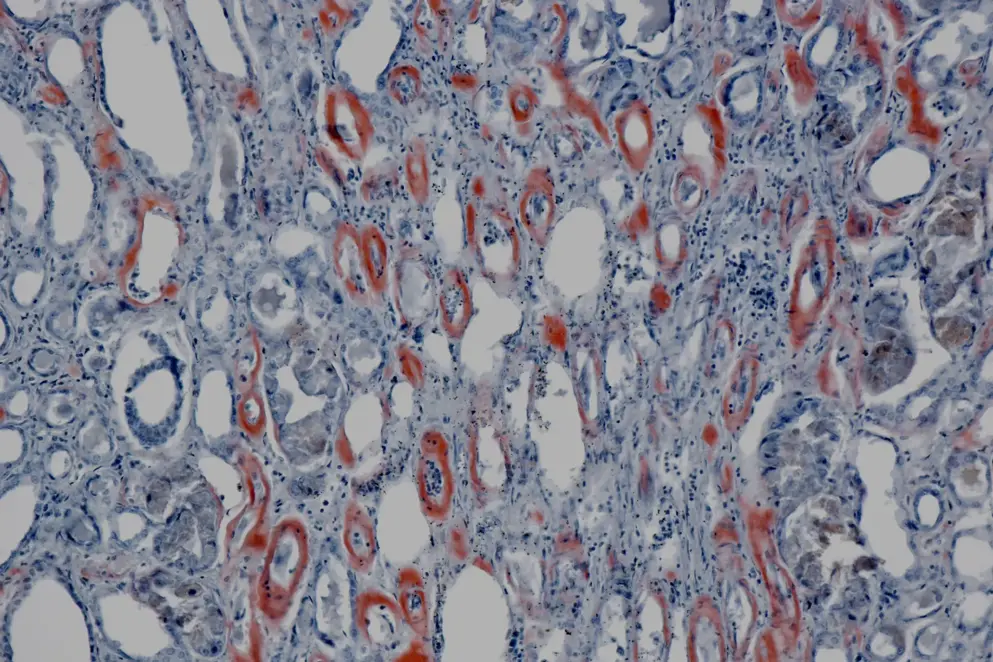
Improving outcomes in AL amyloidosis
Transcript: Unmet patient and medical needs
Professor Giovanni Palladini
All transcripts are created from interview footage and directly reflect the content of the interview at the time. The content is that of the speaker and is not adjusted by Medthority.
Well, we have made advances in these fields but there are still many unmet needs we need to work on in these diseases. Let us start with AL amyloidosis. The problem here is early and accurate diagnosis. This is a medical emergency, we say, because particularly when the heart is involved, patients have a very short survival. So once amyloidosis is suspected, all the tests should be done very quickly and also in the appropriate order. We now have a non-biopsy pathway to diagnose ATTR wild type, and ATTR amyloidosis with cardiac involvement in general. But this does not apply when a monoclonal component is present, because then you need a biopsy-based approach.
So patients with suspect amyloidosis without involvement, should have a monoclonal component looked for first. And if this is present, they should be treated. Sorry, they should be started on a pathway that is a biopsy-based diagnosis. So early diagnosis is the first place. Second is accurate diagnosis. Because in many cases, we need tissue typing, and this needs to be done with accurate and adequate technologies such as mass spectrometry or immuno-electron microscopy that is immunohistochemistry under electron microscopy with commercial antibodies or with custom-made antibodies, you can have light microscopy, immunohistochemistry. We have made substantial advances in the treatment of AL and ATTR amyloidosis. In AL amyloidosis, what we still need as a treatment for very advanced, we call stage 3B, patients with very advanced heart involvement. Unfortunately, the survival of these patients is only a few weeks. And we still are not sure that the treatment, that is now standard for other patients, that is daratumumab, cyclophosphamide, bortezomib, and dexamethasone is applicable in these patients, and there are studies underway. In ATTR amyloidosis, particularly ATTR wild type amyloidosis with cardiac involvement, we have only one treatment approved, that is the tetramer stabiliser, tafamidis. But other treatments are being tested. And this summer and late summer, the results of the of the randomised trial in cardiac ATTR with the gene silencer patisiran, that were very encouraging, were published. So I would say that in ATTR amyloidosis, the need that we have is to increase our therapeutic armamentarium, but we are actually moving to this. And an alternative... Also very important is to actually work on drug accessibility so that all patients, even the elderly, can have access to these drugs. So much to do with networks of clinicians, with experts, but also with patients and companies.
Updates in your area
of interest
of interest
Articles your peers
are looking at
are looking at
Bookmarks
saved
saved
Days to your
next event
next event

